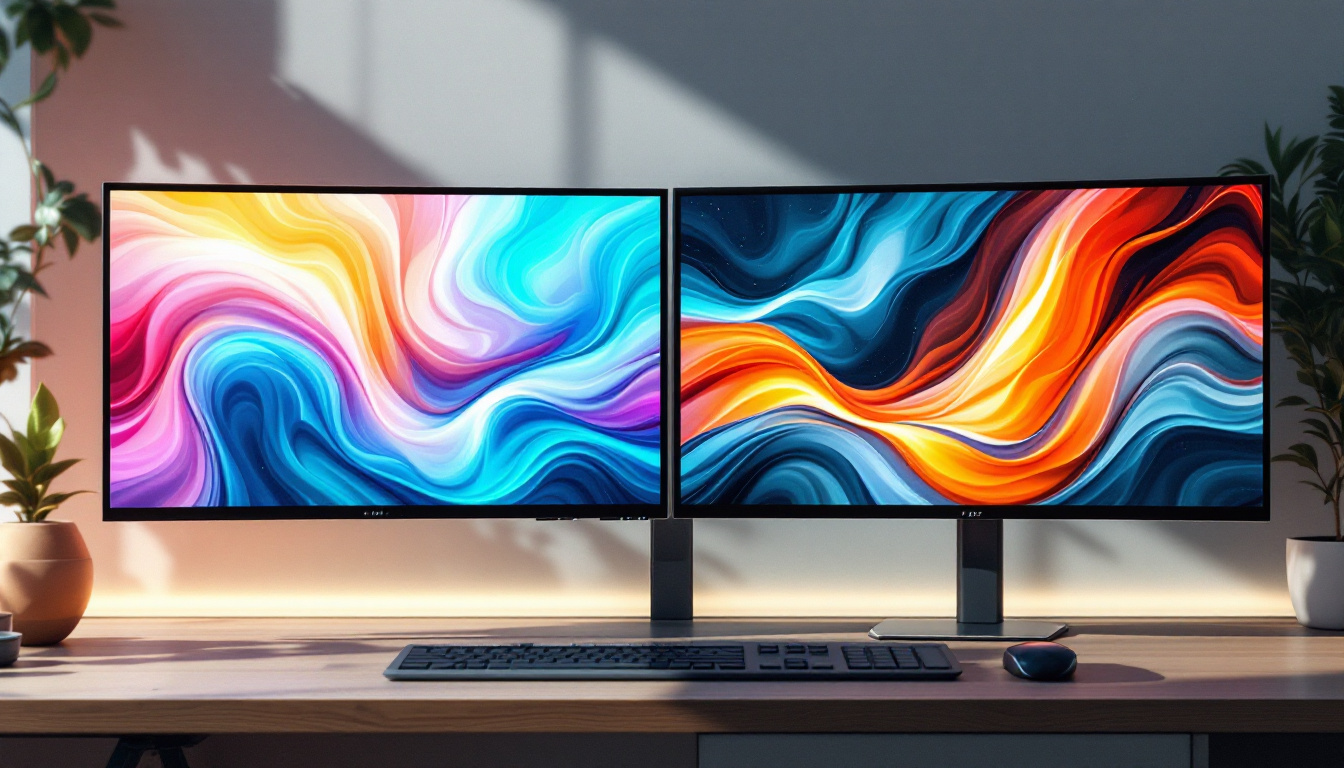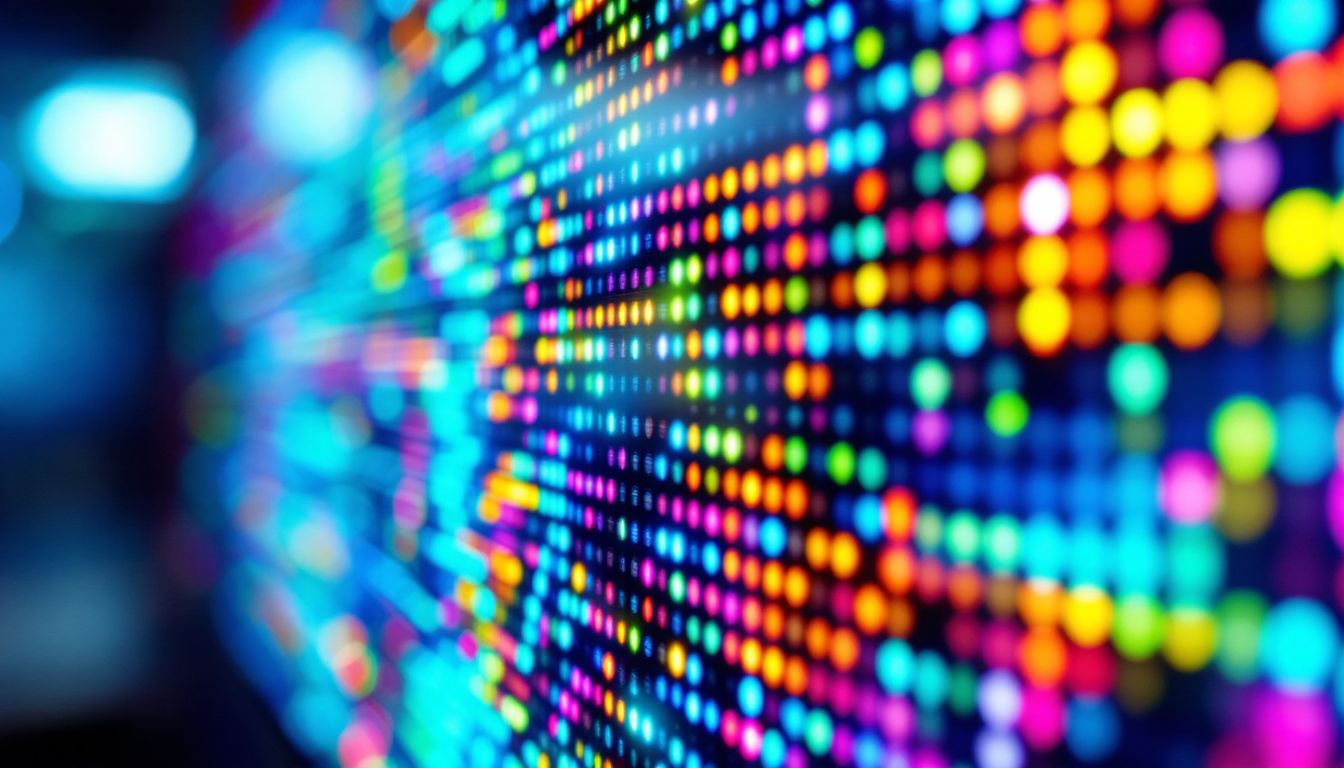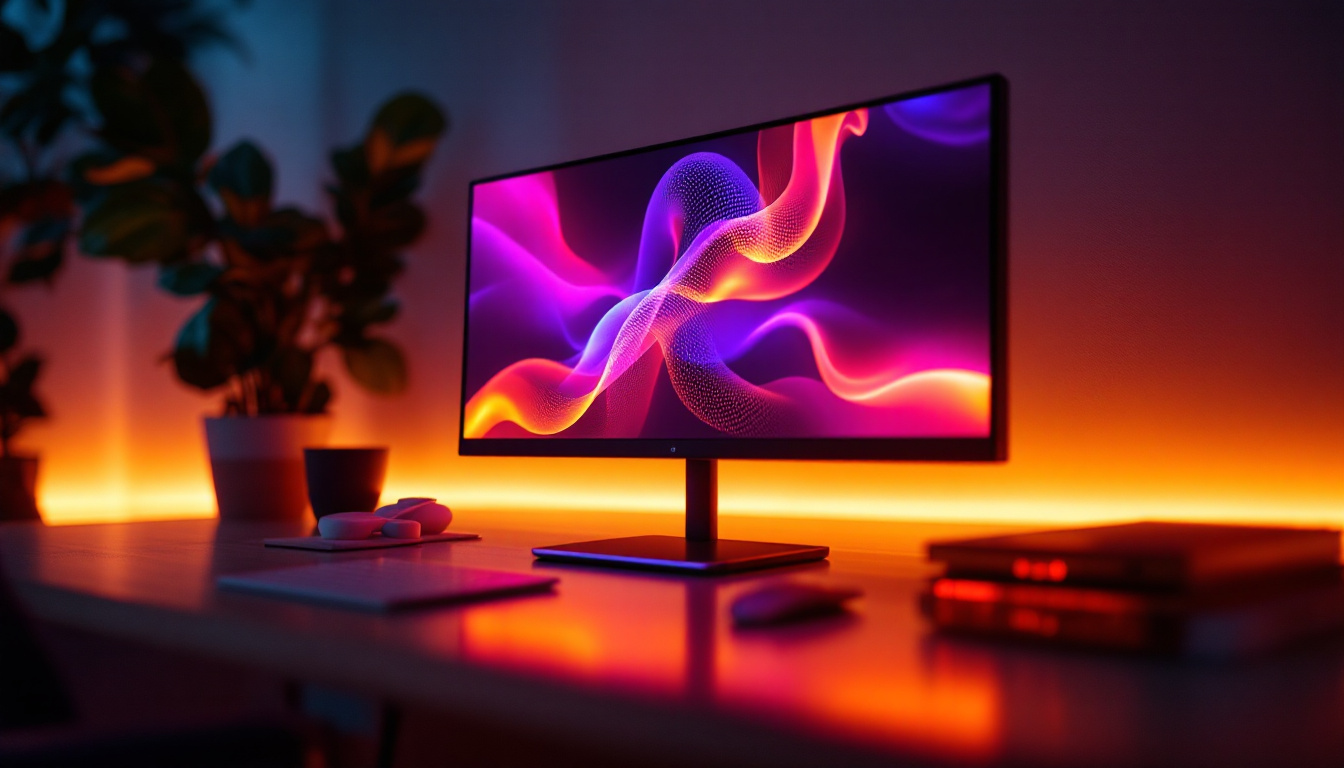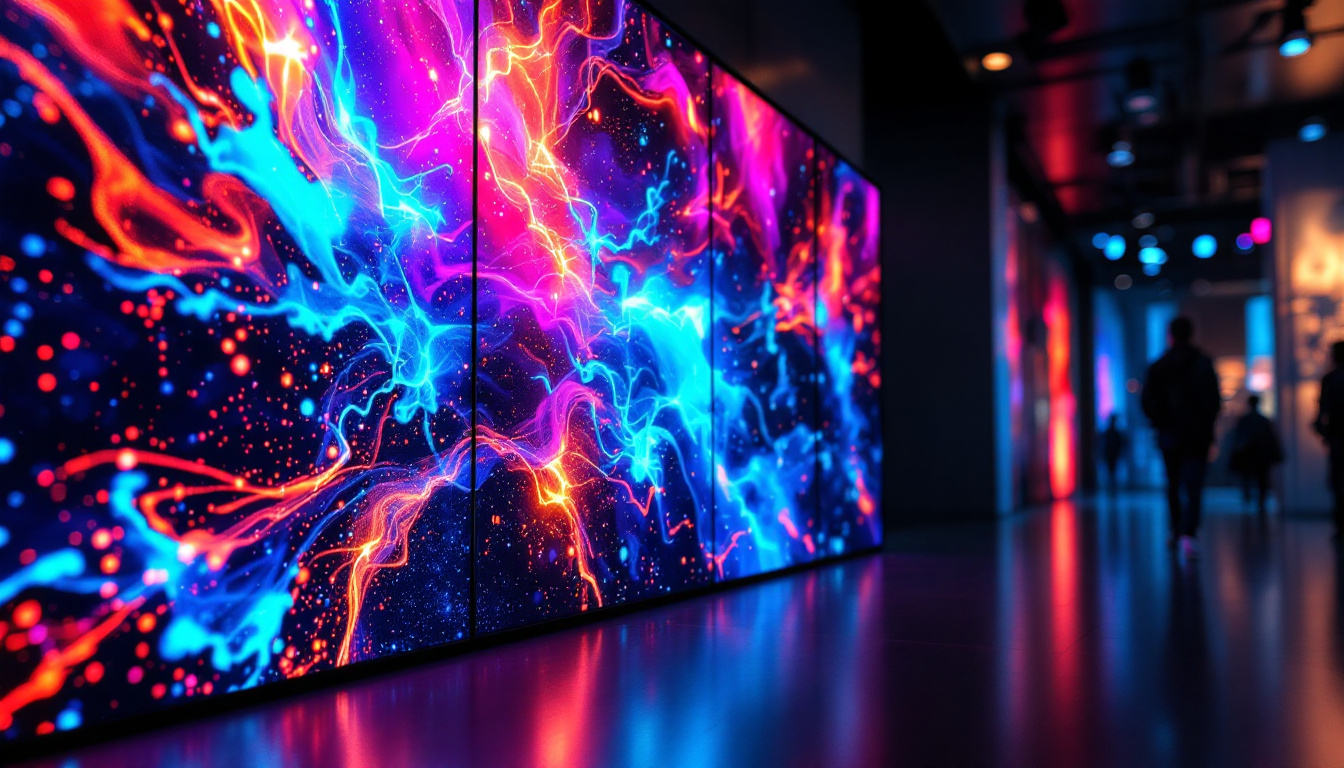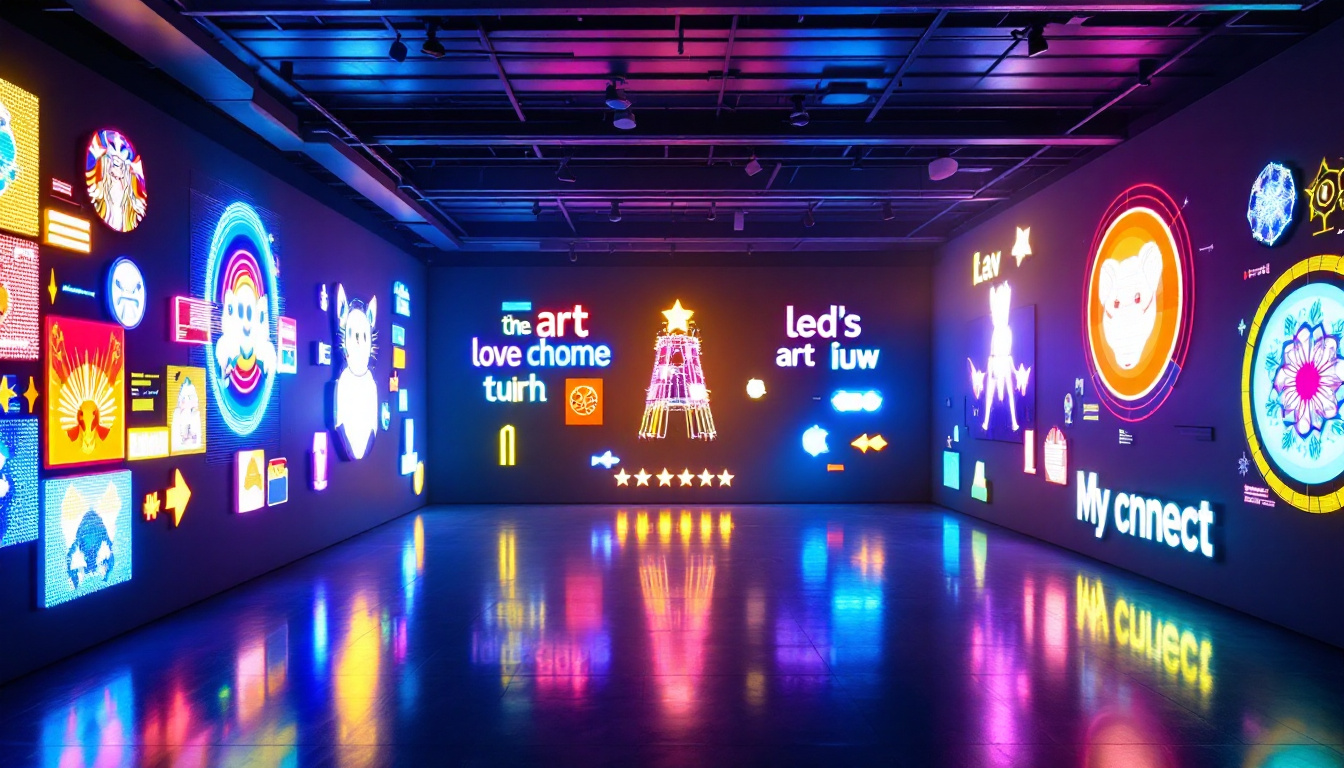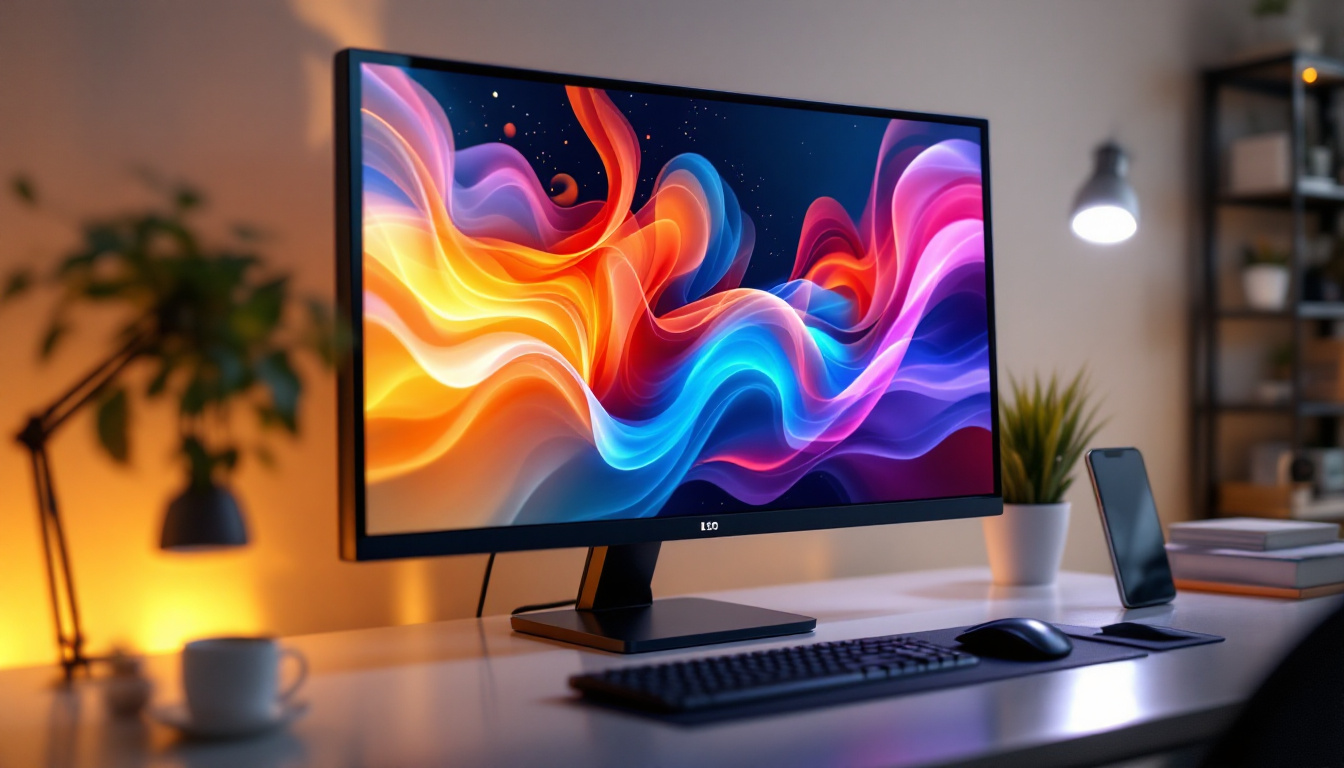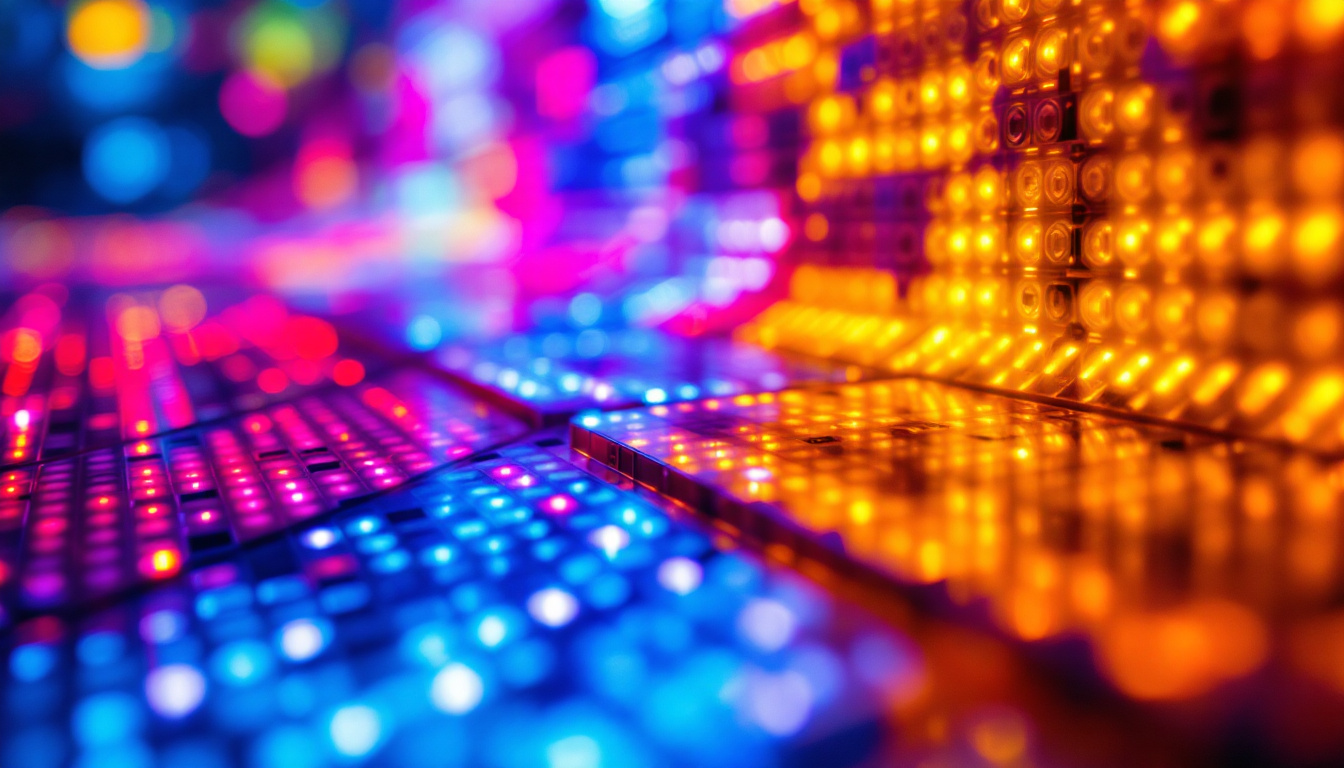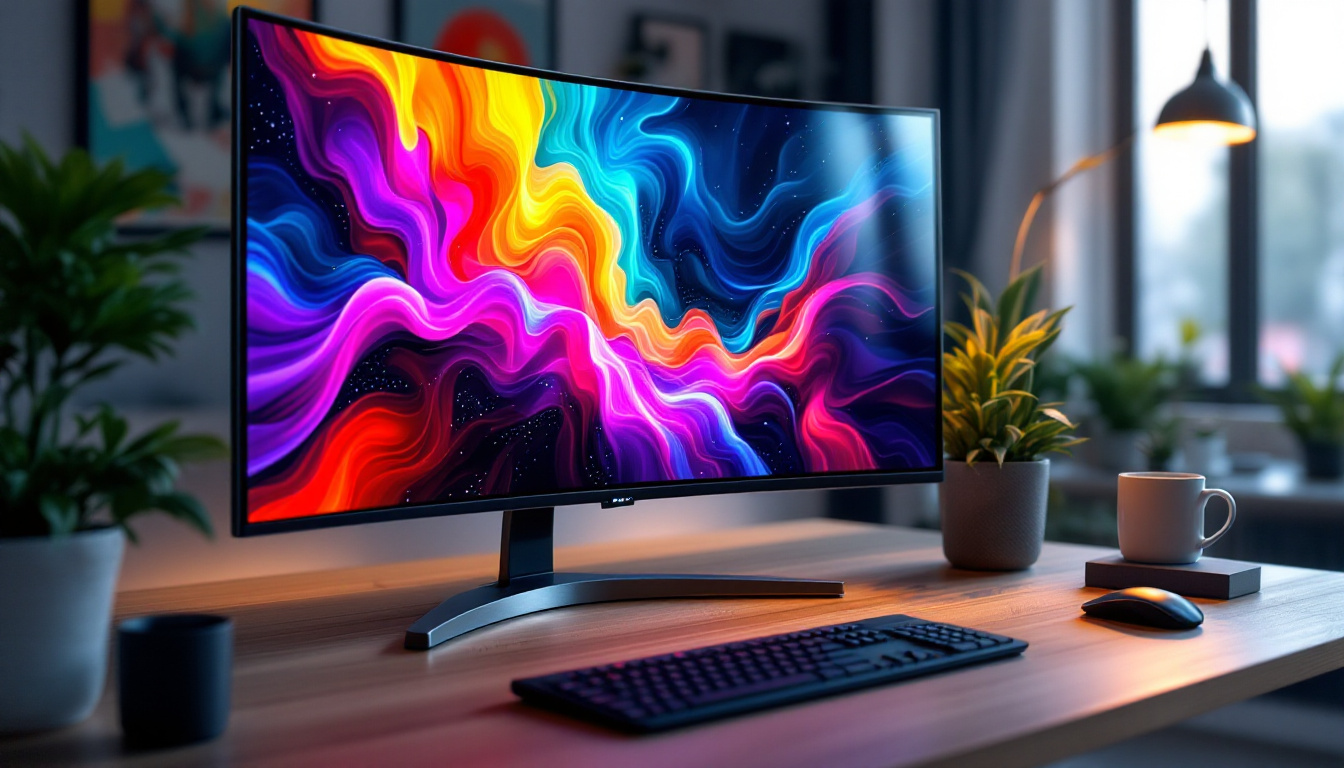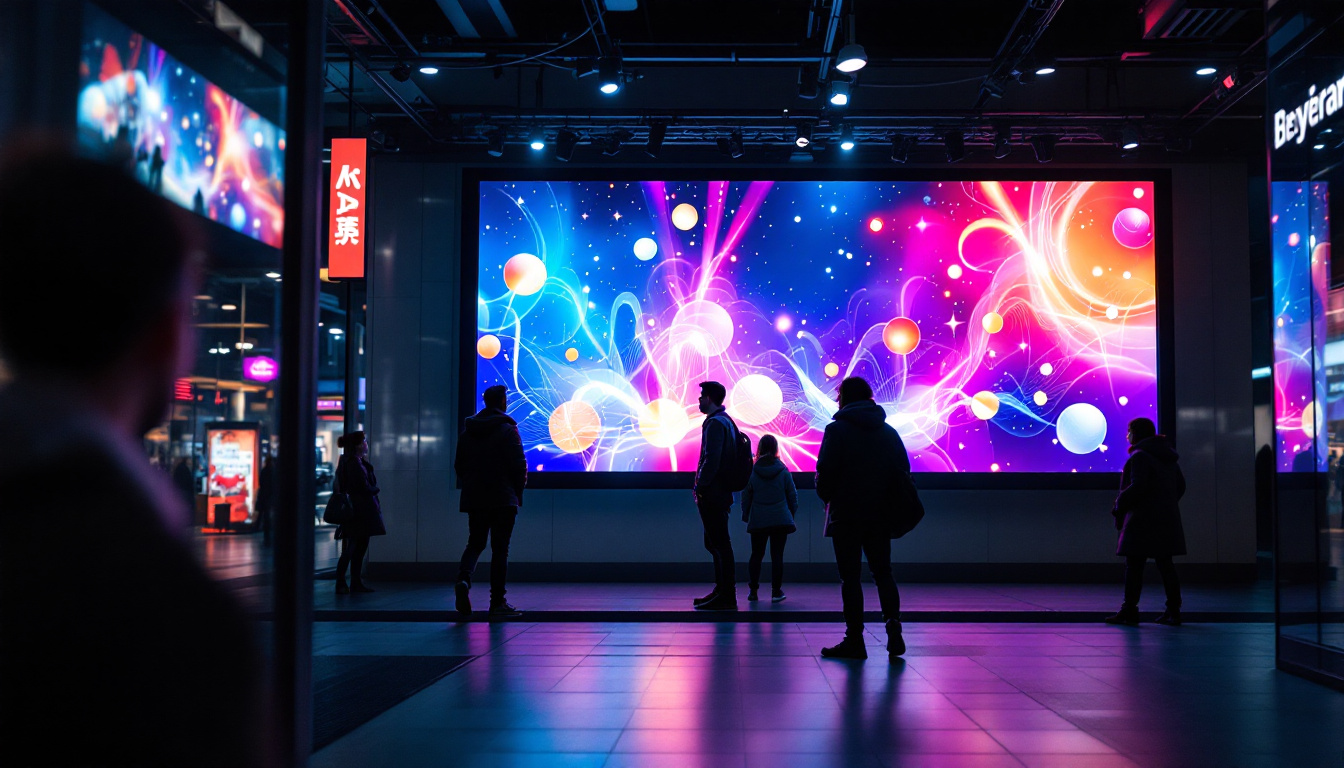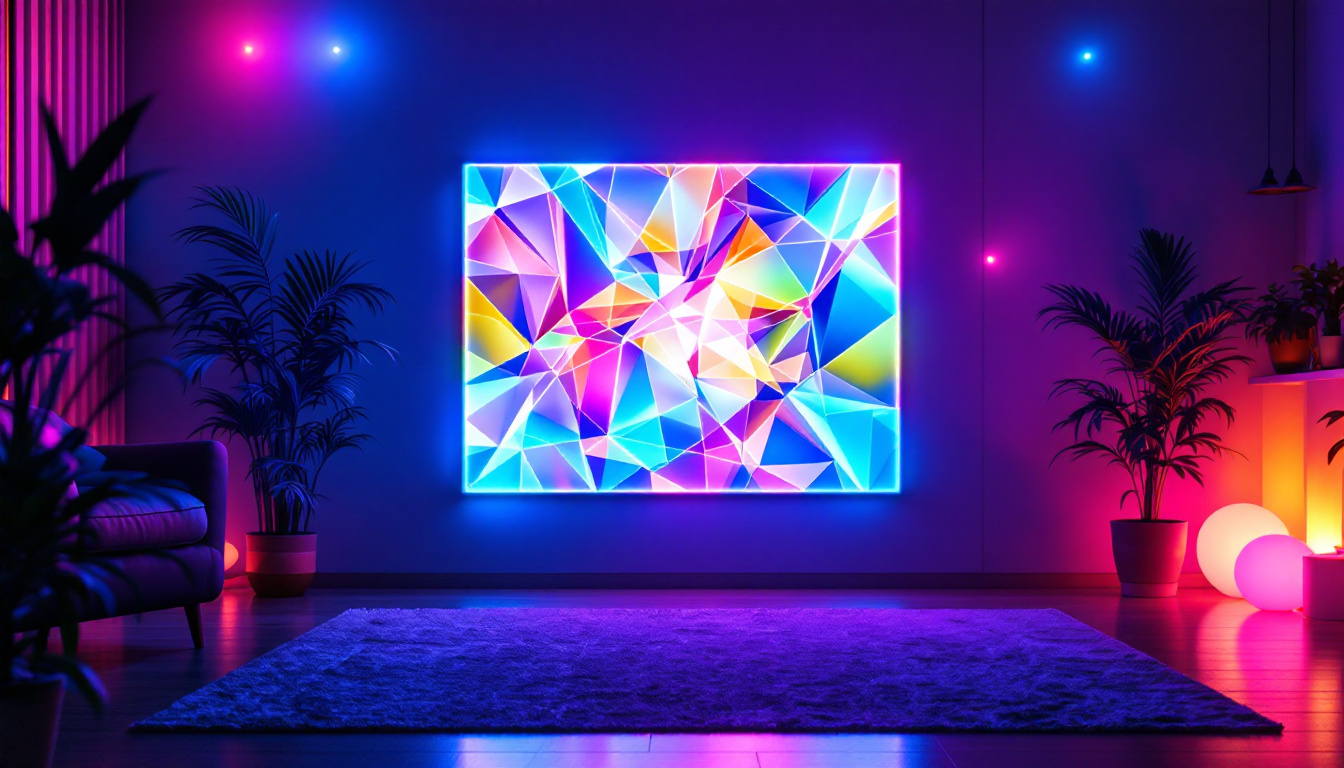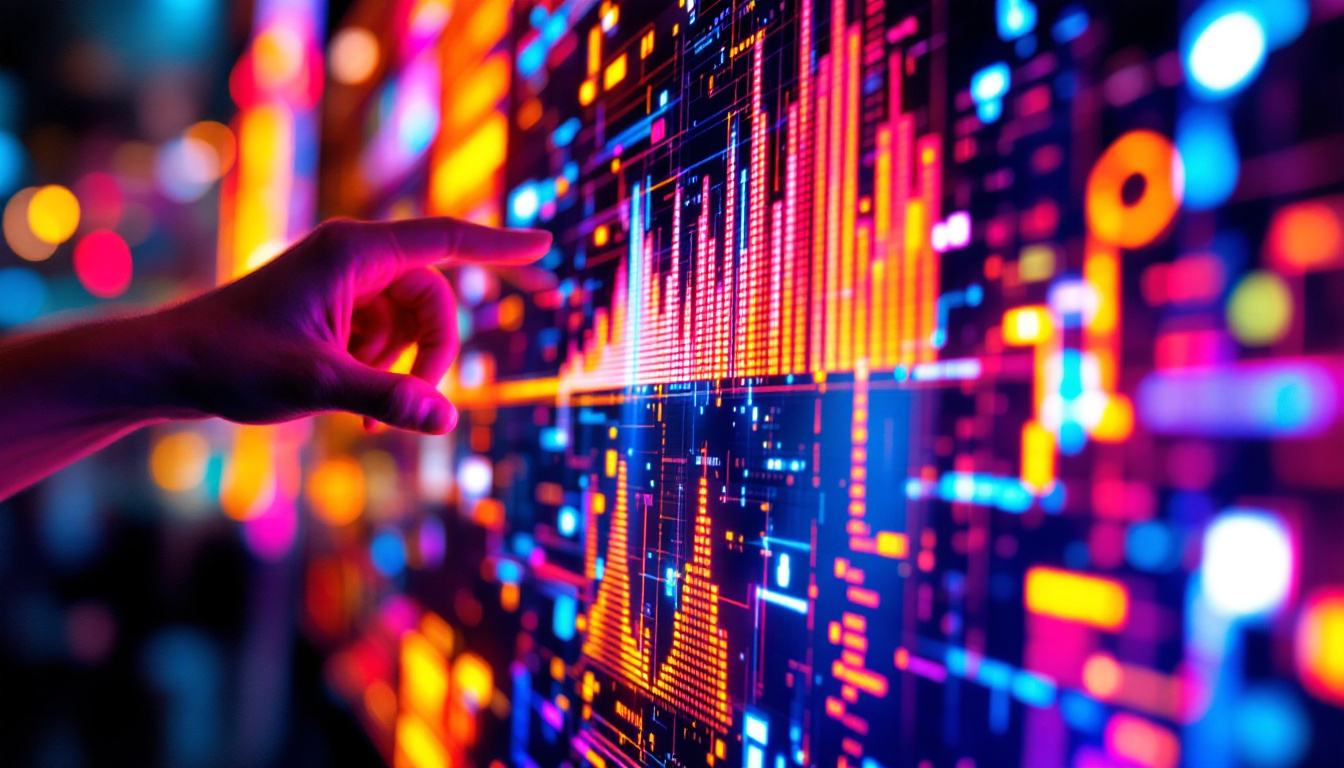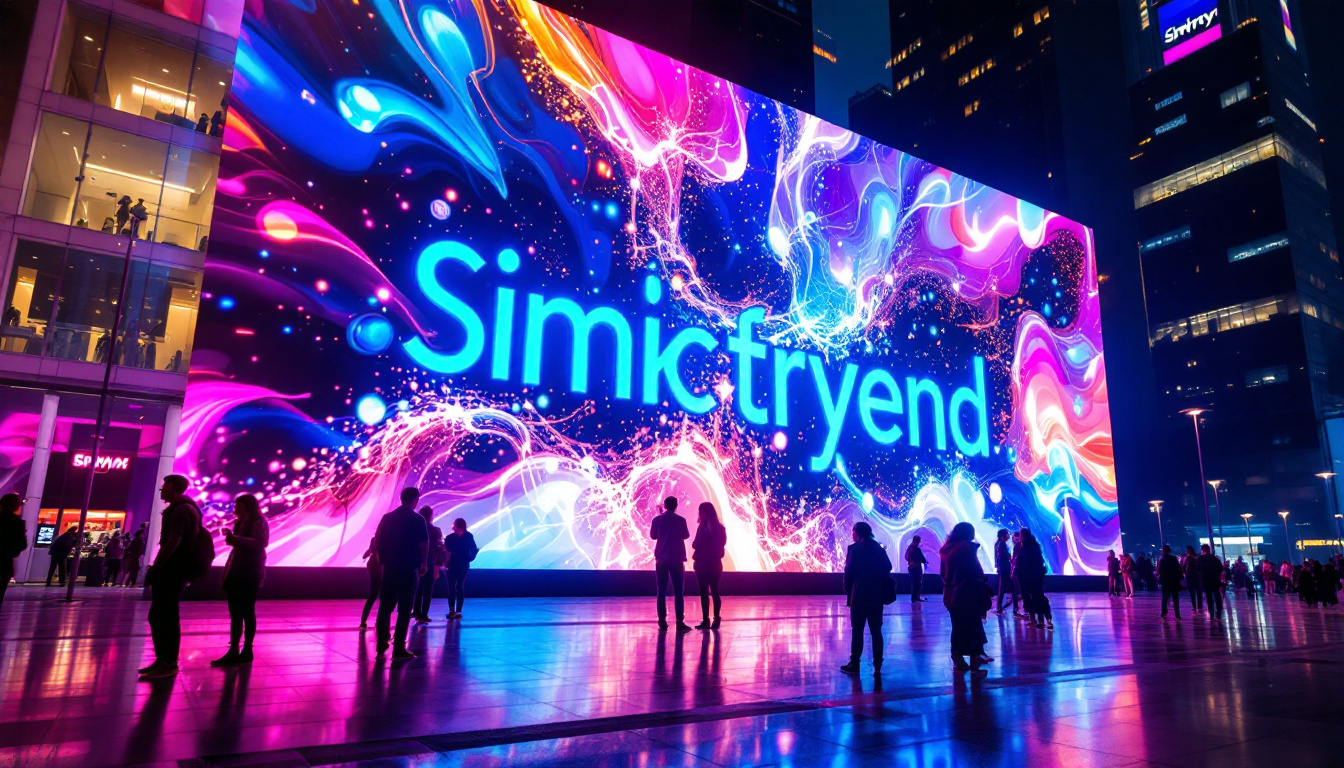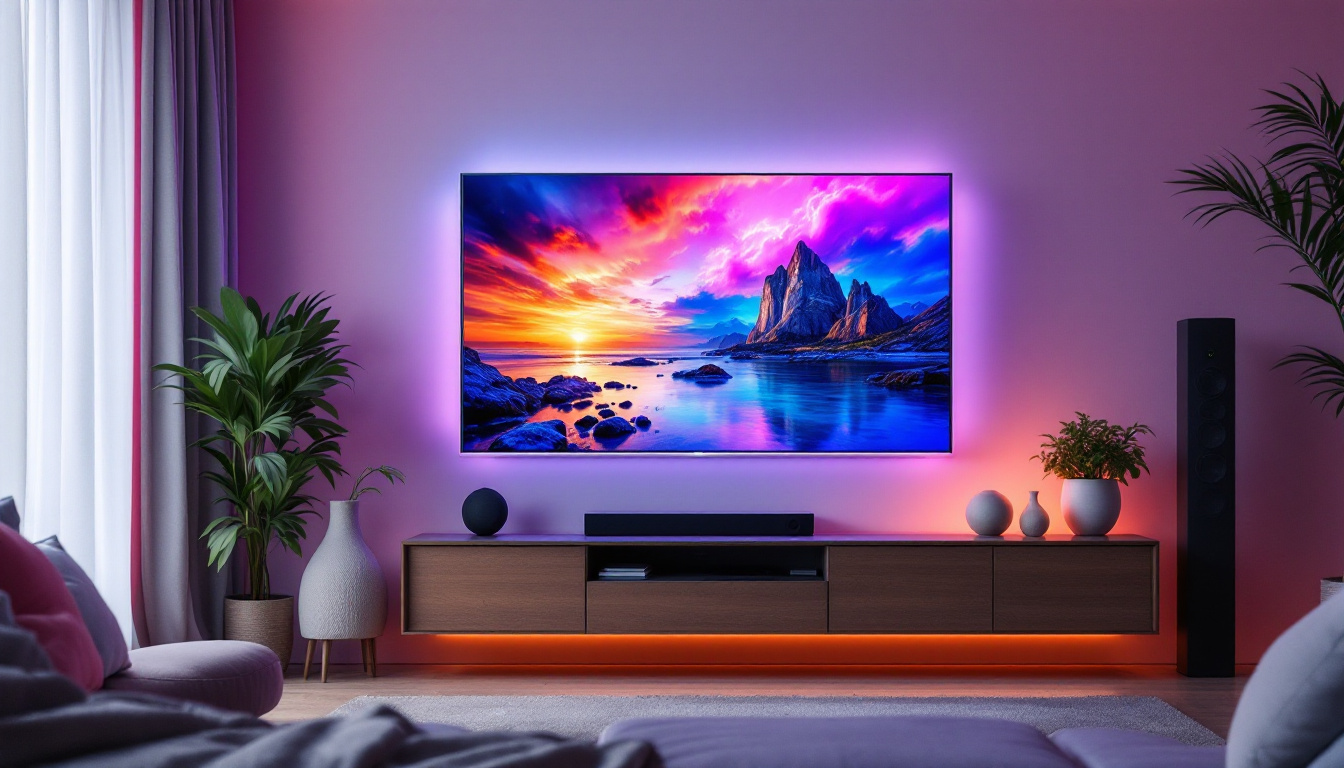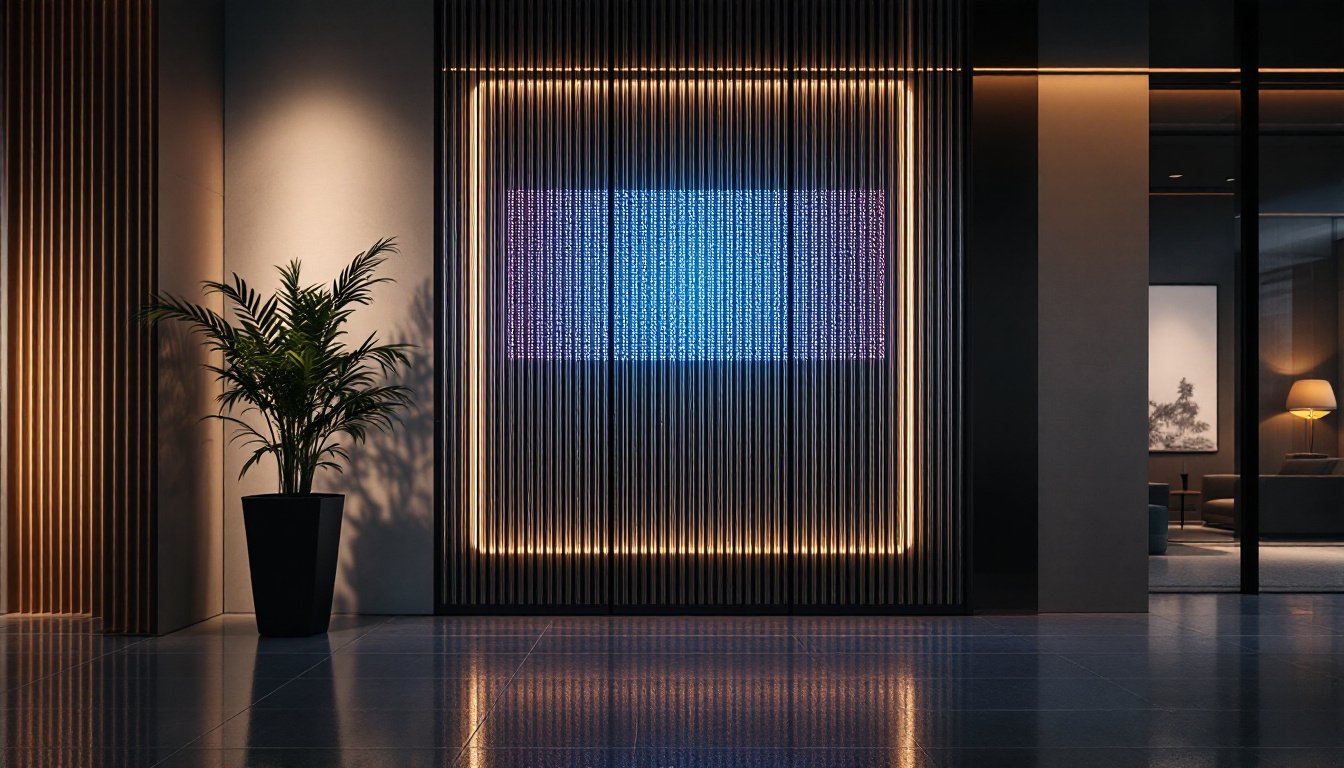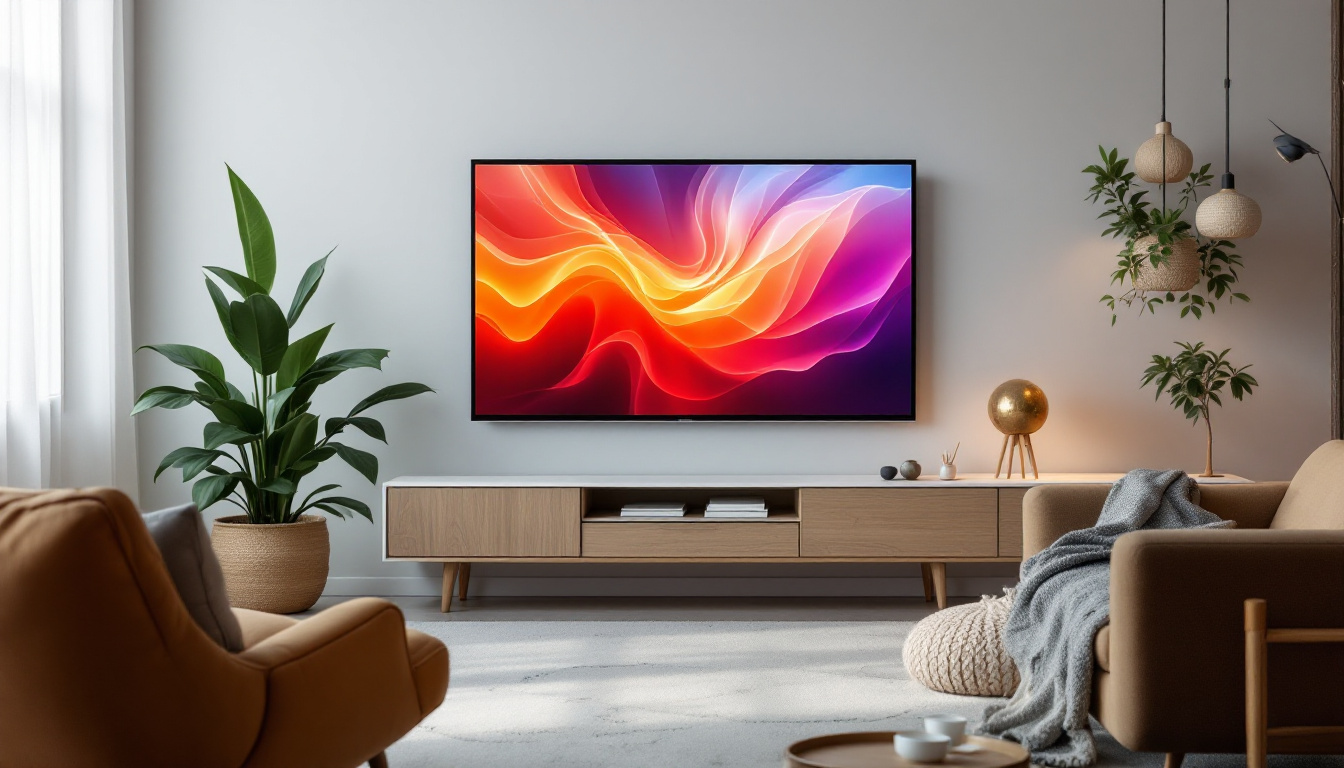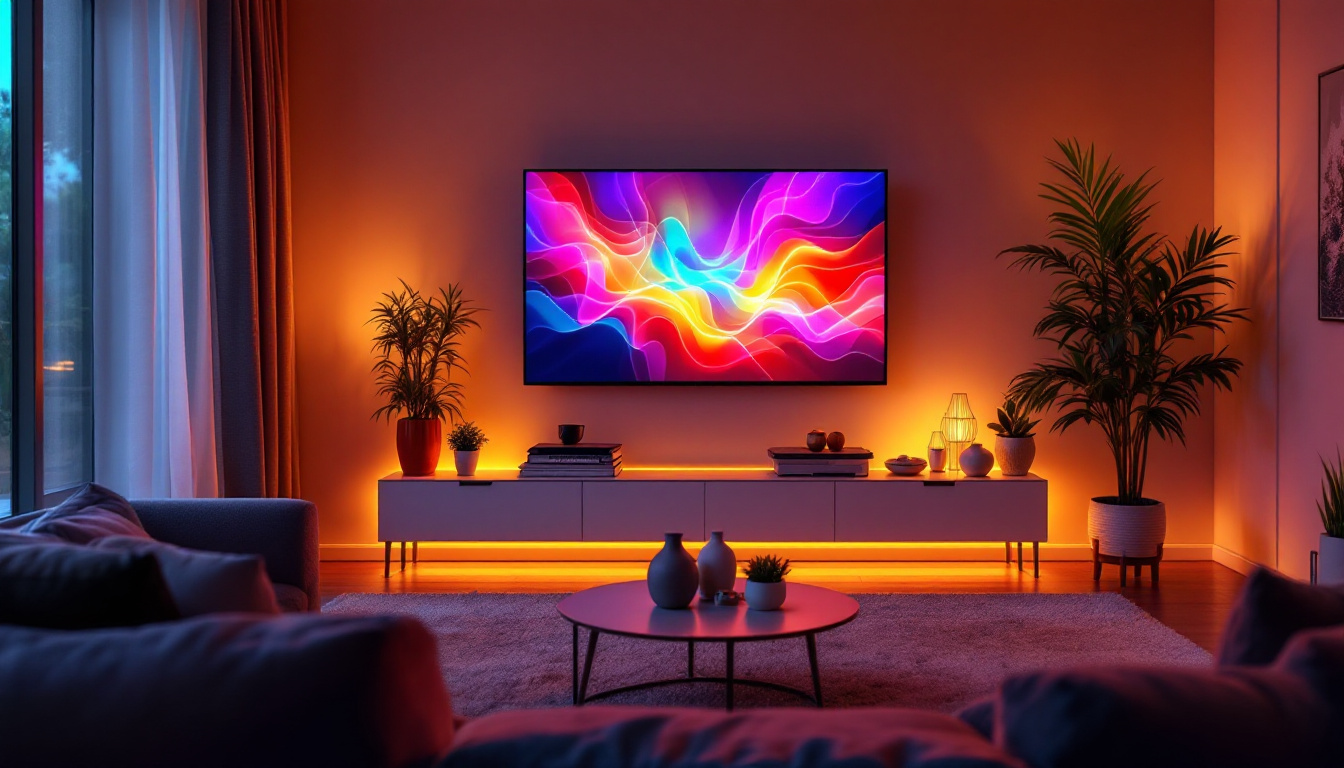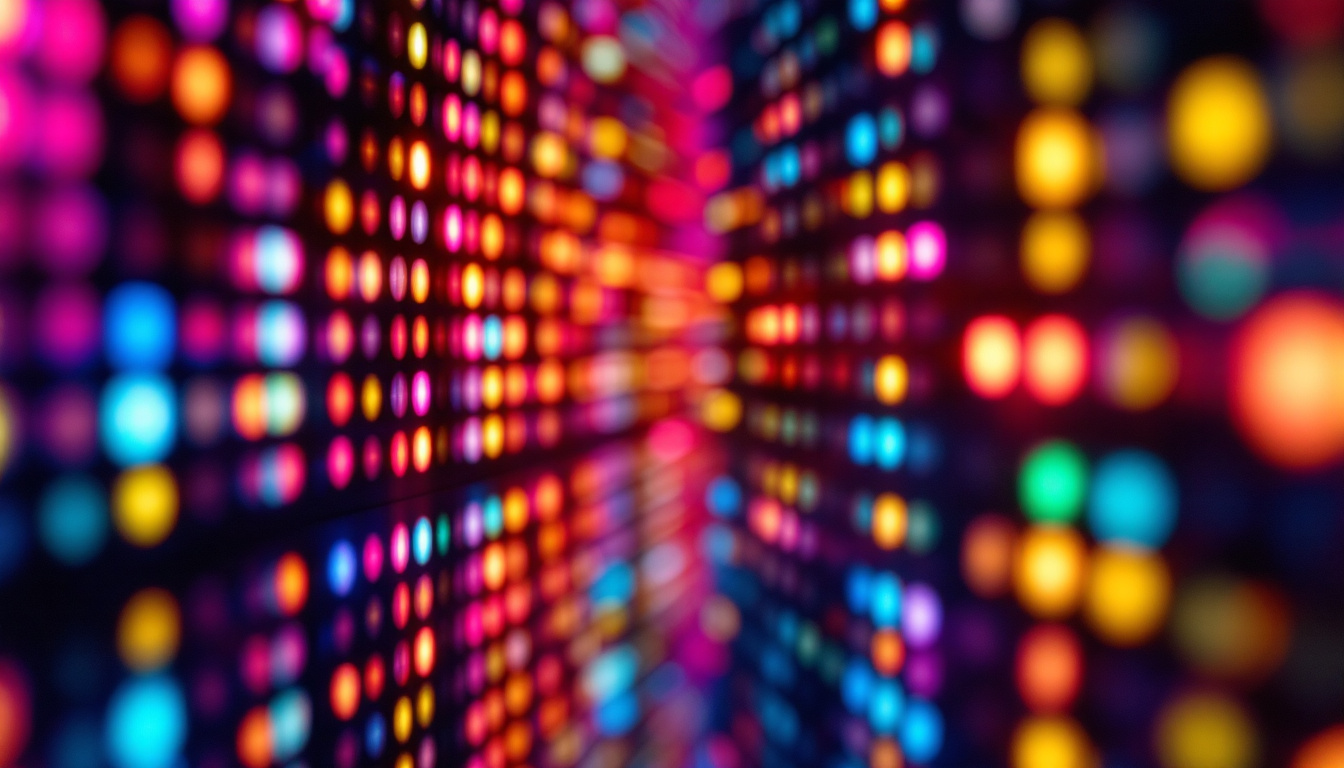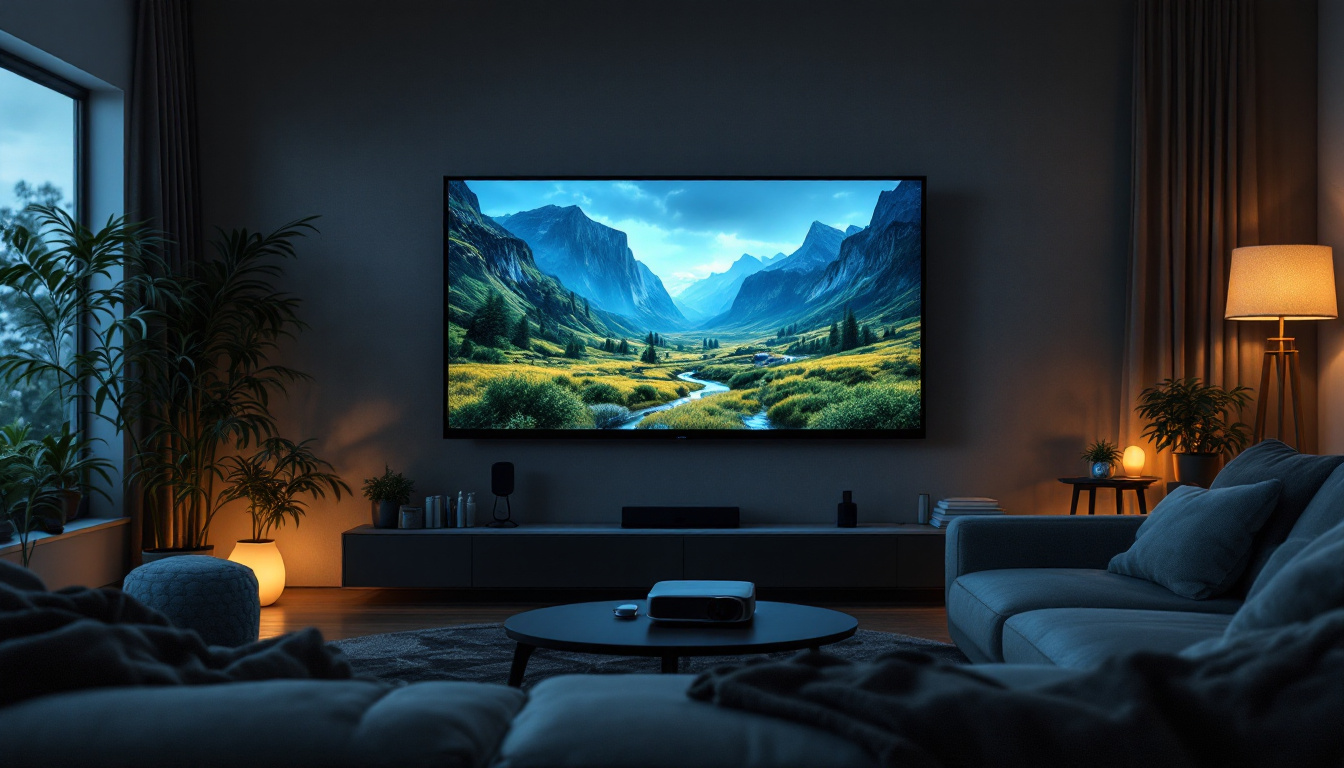Lcd Vs Led: LED Display Explained
The world of display technology has evolved significantly over the years, leading to various options available for consumers. Among the most popular types are LCD (Liquid Crystal Display) and LED (Light Emitting Diode) displays. While many people often confuse these terms, understanding the differences and functionalities of each can help in making informed decisions when purchasing a display device. This article will delve into the intricacies of LCD and LED displays, highlighting their characteristics, advantages, and applications.
Understanding LCD Displays
LCD technology has been a staple in the display industry for decades. It utilizes liquid crystals sandwiched between two layers of glass or plastic. When an electric current passes through these crystals, they align in such a way that they either block or allow light to pass through, creating images on the screen. This innovative approach allows for thinner and lighter screens compared to older technologies, such as cathode ray tubes (CRTs), which were bulky and heavy. As a result, LCDs have paved the way for the sleek designs we see in modern devices today.
How LCD Works
The operation of an LCD display is based on the manipulation of light. A backlight, typically fluorescent, illuminates the liquid crystals. The crystals themselves do not emit light; instead, they modulate the light from the backlight to produce images. The colors seen on an LCD screen are achieved through the use of color filters that combine red, green, and blue (RGB) light. This RGB color model is fundamental to digital displays, allowing for a wide spectrum of colors to be represented. Additionally, advancements in LED backlighting have further enhanced the brightness and energy efficiency of LCDs, making them even more appealing for consumers.
One of the main advantages of LCD technology is its ability to produce sharp images with good color accuracy. This makes LCDs suitable for a wide range of applications, from televisions to computer monitors and smartphones. Furthermore, LCDs are generally more energy-efficient than older display technologies, contributing to their popularity in portable devices where battery life is a concern. The relatively low power consumption of LCDs has also made them a preferred choice for large-scale displays in public venues, such as airports and shopping malls, where continuous operation is required.
Types of LCD Displays
There are several types of LCD displays, each with its unique characteristics. The most common types include:
- Twisted Nematic (TN): Known for fast response times, TN panels are often used in gaming monitors. However, they suffer from poor viewing angles and color reproduction, which can be a drawback for users who prioritize image quality over speed.
- In-Plane Switching (IPS): IPS panels offer better color accuracy and wider viewing angles compared to TN panels. They are ideal for graphic design and professional applications, where precise color representation is crucial. The technology behind IPS panels allows for consistent color performance, even when viewed from extreme angles, making them a favorite among photographers and videographers.
- Vertical Alignment (VA): VA panels provide excellent contrast ratios, making them suitable for watching movies. However, they may not perform as well in terms of response times, which can lead to motion blur in fast-paced scenes. VA technology is particularly appreciated in home theater setups, where deep blacks and vibrant colors enhance the viewing experience.
The Emergence of LED Displays
LED displays, while often grouped with LCDs, represent a significant advancement in display technology. Unlike traditional LCDs that utilize fluorescent backlighting, LED displays use light-emitting diodes to illuminate the screen. This fundamental difference results in various advantages, including improved energy efficiency and better color accuracy.
How LED Displays Work
LED displays operate on a similar principle to LCDs, but with a key distinction. Instead of a single backlight, LED displays use an array of tiny light-emitting diodes. These diodes can be arranged in different configurations, such as edge-lit or full-array, to enhance brightness and color performance.
In edge-lit LED displays, the LEDs are positioned along the edges of the screen, allowing for a thinner design. Full-array LED displays, on the other hand, have LEDs distributed across the entire back of the screen, providing more uniform brightness and better contrast ratios.
Advantages of LED Technology
LED technology offers several advantages over traditional LCDs, making it a popular choice for consumers:
- Energy Efficiency: LED displays consume less power than traditional LCDs, leading to lower energy bills and a reduced environmental impact.
- Better Contrast and Color: The ability to control individual LEDs allows for deeper blacks and brighter colors, enhancing the overall viewing experience.
- Thinner Design: LED displays can be made thinner and lighter than traditional LCDs, making them ideal for modern aesthetics.
Comparing LCD and LED Displays
While LED displays are often marketed as a separate category, it is essential to understand that they are essentially an evolution of LCD technology. The primary difference lies in the backlighting method used. Here, we will compare the two technologies across various parameters.
Image Quality
Image quality is one of the most critical factors when choosing a display. LED displays generally provide superior image quality due to their ability to produce deeper blacks and more vibrant colors. This is particularly evident in full-array LED displays, which can achieve better contrast ratios than traditional LCDs.
However, high-end LCDs, especially those with IPS technology, can still deliver excellent color accuracy and viewing angles. The choice between the two often depends on specific use cases, such as gaming, professional design work, or casual viewing.
Energy Consumption
Energy efficiency is another area where LED displays excel. They consume significantly less power than traditional LCDs, making them a more environmentally friendly option. This is particularly important for large displays, such as those used in commercial settings, where energy costs can add up quickly.
In contrast, traditional LCDs with fluorescent backlighting tend to consume more energy, which can be a drawback for consumers looking to minimize their carbon footprint.
Cost Considerations
When it comes to pricing, traditional LCDs are generally more affordable than their LED counterparts. However, the price gap has been closing as LED technology becomes more widespread. For consumers on a budget, entry-level LCDs may still offer good performance for basic tasks.
On the other hand, investing in an LED display can provide long-term benefits, including lower energy costs and better image quality. For those who prioritize performance and aesthetics, the additional cost may be justified.
Applications of LCD and LED Displays
Both LCD and LED displays find applications in various fields, catering to different user needs. Understanding these applications can help consumers make informed decisions based on their specific requirements.
Home Entertainment
In home entertainment, both LCD and LED displays are commonly used in televisions. LED TVs have gained popularity due to their superior picture quality and energy efficiency. They are ideal for watching movies, sports, and playing video games, providing an immersive experience.
LCD TVs, particularly those with IPS panels, are also suitable for home use, especially in well-lit rooms where viewing angles are essential. However, for the best performance in terms of color and contrast, LED displays are often the preferred choice.
Professional Use
In professional settings, such as graphic design, video editing, and photography, display quality is paramount. IPS LCDs are favored for their color accuracy and wide viewing angles, making them suitable for tasks that require precise color representation.
LED displays, especially those with high dynamic range (HDR) capabilities, are also gaining traction in professional environments. They provide excellent color reproduction and contrast, making them ideal for creative professionals who demand the best from their displays.
Commercial Applications
In commercial settings, such as retail and advertising, LED displays are increasingly used for digital signage. Their brightness and vibrant colors make them effective for capturing attention in busy environments. Additionally, the energy efficiency of LED technology makes it a cost-effective choice for businesses looking to reduce operational expenses.
LCD displays can also be found in commercial applications, particularly in information kiosks and monitors. However, the trend is shifting towards LED technology due to its superior performance and versatility.
Future Trends in Display Technology
The display technology landscape is continually evolving, with new advancements on the horizon. As consumers become more discerning and technology progresses, several trends are shaping the future of LCD and LED displays.
MicroLED Technology
MicroLED technology is emerging as a potential game-changer in the display industry. It combines the best aspects of LCD and LED technologies, offering self-emissive pixels that deliver exceptional brightness, contrast, and color accuracy. MicroLED displays promise to eliminate issues like burn-in and provide a longer lifespan than traditional OLED displays.
As MicroLED technology matures, it is expected to find applications in various sectors, including home entertainment, professional displays, and commercial signage.
Quantum Dot Displays
Quantum dot technology is another exciting development in the display space. By incorporating quantum dots into LED displays, manufacturers can enhance color accuracy and brightness. Quantum dot displays are already being used in high-end televisions, providing consumers with an even more immersive viewing experience.
This technology is likely to become more mainstream as production costs decrease, offering consumers a wider range of options in the future.
Flexible and Foldable Displays
The rise of flexible and foldable displays is transforming the way consumers interact with technology. These displays can bend and fold, allowing for innovative designs in smartphones, tablets, and other devices. As manufacturers continue to explore this technology, it is expected to lead to new form factors and applications that were previously unimaginable.
Conclusion
In conclusion, understanding the differences between LCD and LED displays is crucial for making informed purchasing decisions. While both technologies have their merits, LED displays generally offer superior image quality, energy efficiency, and design flexibility. As technology continues to evolve, consumers can look forward to exciting advancements that will further enhance their viewing experiences.
Whether for home entertainment, professional use, or commercial applications, the right display technology can make a significant difference. By considering individual needs and preferences, consumers can choose the display that best suits their requirements in this rapidly changing landscape.
Discover LumenMatrix’s Advanced LED Display Solutions
Ready to elevate your visual experience with the latest in display technology? Look no further than LumenMatrix, a pioneer in crafting LED displays that bring your content to life. From vibrant Indoor and Outdoor LED Wall Displays to dynamic Vehicle and Sports LED Displays, LumenMatrix offers a comprehensive range of solutions tailored to your needs. Embrace the future of visual communication with our innovative LED Poster Displays, Floor LED Displays, and Custom LED options. Experience the clarity and impact of our All-in-One and Transparent LED Displays. Check out LumenMatrix LED Display Solutions today and transform how you connect with your audience.

